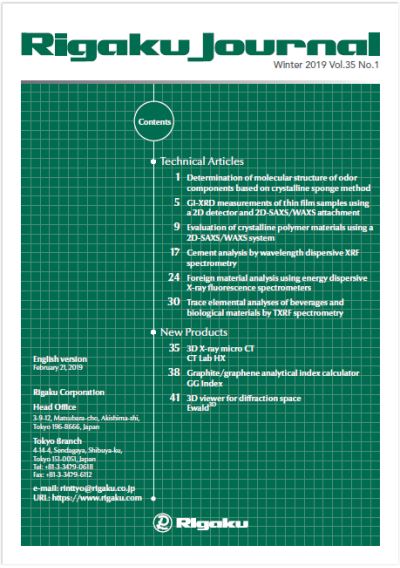The discovery of graphite and its industrial use dates back to the 16th century, more than 200 years before the first industrial revolution, which took place from the middle of the 18th to the 19th century. The first industrial use of graphite was as pencil lead and fire-retardant materials. It is now used in a variety of high-tech fields, including nuclear energy. More than 1.2 million tons of graphite is produced each year, with an upward trend foreseen in future demand.
Graphite is inexpensive and distributed throughout the world. Sufficient reserves exist to meet demand for hundreds of years, according to verifiable sources. The existing supply of graphite is almost infinite. Once a flake of graphite is peeled off, it becomes a fascinating material called “graphene,” a stunning discovery that did not occur until 2004. Graphene is 1,000 times stronger than iron steel, exhibits more than 10 times higher electrical and thermal conductivity than metals, and is the thinnest and lightest flexible material known today. In 2010, the Nobel Prize in Physics was awarded for its discovery.
Innovative materials and products can potentially be created in various fields using graphene. Therefore, research institutes and companies all over the world conduct research and development into practical application of graphene in almost every industrial field. In the years since its discovery, products such as electronic items, acoustic products, daily commodities, tires, golf balls, sportswear and shoes have been developed, making use of graphene for improved impact strength, conductivity characteristics, and so forth.
However, reasonably accurate measurement methods, analytical methods, definitions, standard references etc. have not been developed to identify graphite or graphene qualitatively or quantitatively. Graphite and graphene are currently evaluated in a limited, subjective, speculative way by shape observation using an electron microscope, surface analysis using Raman spectroscopy, a specific surface area measurement by gas absorption and so forth. The purpose of the Graphite/Graphene Analytical Index presented here is to exhaustively identify and characterize graphite, graphite-based graphene intermediates and bulk graphene, and to significantly enhance the efficiency of research and development related to these materials. Furthermore, we hope this index accelerates the development of breakthrough products based on graphite and graphene.

